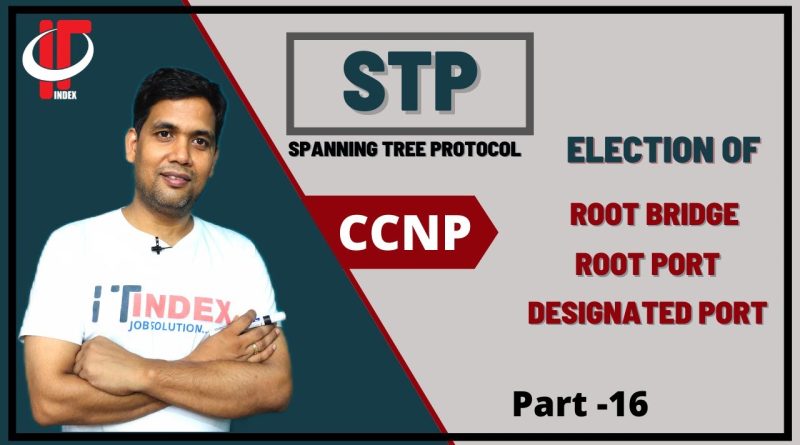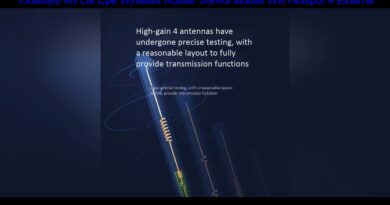STP ( Spanning Tree Protocol ) | Part 16 | Switching | CCNP | CCNA
Spanning Tree Protocol (STP) is a Layer 2 protocol that runs on bridges and switches. The specification for STP is IEEE 802.1D. The main purpose of STP is to ensure that you do not create loops when you have redundant paths in your network.
The root bridge is selected by manually configuring its bridge priority to a low value. 32768 is the default value out of a range from 0 to 61440. If all switches in a single spanning tree have the same bridge priority, the switch with the lowest MAC address will become the root bridge.
Root Port selection is based on the port having lowest cost to the Root Bridge. When this BPDU receive by any other switch it will add its own port cost (according to the above mentioned values in video). So if BPDU receive by a Fast Ethernet port (100 Mbps) it will calculate path cost to root as 19 (0+19)
ccnp




Mashallah. Nice
nice
Great sir learned so many things thank you
Thanks
Great
Mash Allah… Excellent sir… Thanks
Kindly explain how a switch selects Designated Ports.
विस्तृत विवरण के लिए धन्यवाद
Sir can we connect separately through any messenger regarding stp
Very Well Explained Sir. thank you so much for your kind efforts.
Thanks sir
World best teacher
Thank You Sir
one of the best explanation. Thank you Sir.
Sir .can you please make vedios in English language too.please
Very informative 🙏
Thank you sir . Sir please ek cheej bataye jab siwtches body exchange karate hain to vo apane apne bpdu exchange karate hain . Agar sab se chota Mac address wala bpdu superior bpdu kehalata hain keya
Dear Sir,
Pls make a vedio on HSRP and VRRP.
Sir superb effort!
Very well explained 👍, sir please make a video on hsrp.